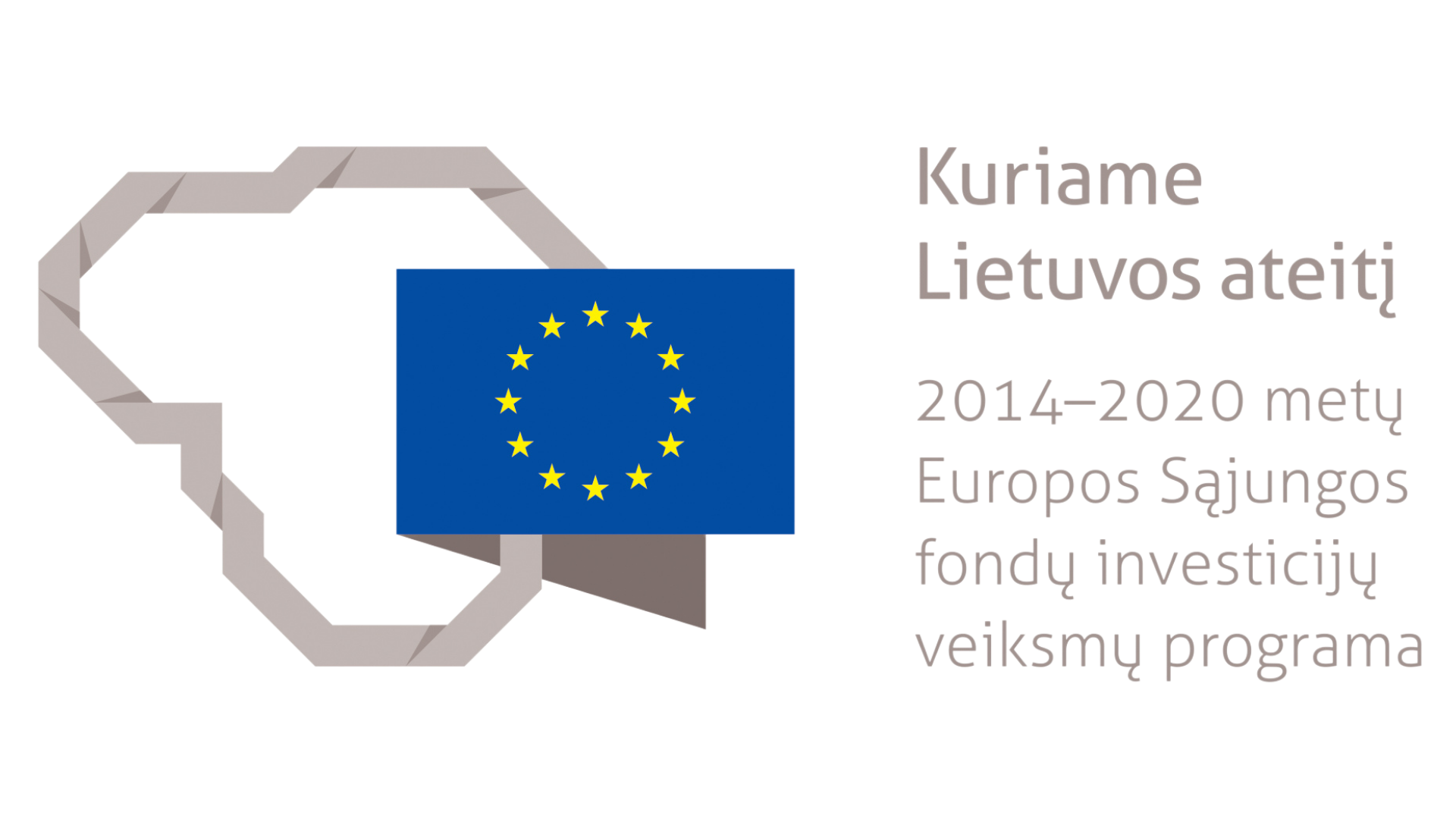Unicorn startups – those fast-growing companies that hit a value of over one billion dollars – are often looked at for inspiration by innovators and business leaders. But what can the public sector learn from unicorns?
Unicorn startups have something in common – they’ve all mastered the art of using technology to solve common challenges and then scale innovations globally. Startup founders are often looked upon as an example of strategic thinkers, able to notice the market inefficiencies and create out-of-the-box solutions to solve them.
Move fast and break things
One sector that has historically been full of inefficient processes, legacy systems and old-school technology is the public sector, specifically governments. Although Silicon Valley’s famous motto of move fast and break things might not be the most appropriate for the government, the startup world still has many valuable learnings to share.
Recently, the GovTech Baltic Leaders conference in Vilnius hosted conversations with representatives from two unicorn startups – Povilas Poderskis, COO at Nord Security, former CEO of Vilnius City Municipality Administration, and Martin Ott, CEO of Taxfix. Both conversations were moderated by Greta Monstavice, the Co-founder and CEO of Katalista Ventures. During the discussion, the two founders were able to share thoughts about what governments and the public sector can learn from startups like them – and why they should listen up.
#1 Citizen – at the centre of the service
Startups build products around their users, not based on their internal processes. The user-centricity, simplicity and intuitiveness are often their competitive advantages over legacy market players. on the flip side, digital public services tend to be more aligned with old corporates rather than dynamic startups.
Taking a page from the startup book to put citizens first, governments can begin exchanging complex bureaucratic messages to simple language, differentiating and personalising experiences for different people (e.g., different processes for a student or a senior) and ensuring that various forms are pre-filled as much as possible
#2 Culture of iteration and testing
Startups are often the best examples of agility. With continuous testing, feedback, and iteration they are able to build products that truly suit global needs. They can quickly find what works, pivot toward better solutions and ditch unsuitable features or products.
Of course, governments and businesses are inherently different in this space – if a public service does not seem to attract much interest, the government cannot just decide to pivot to another service as they are often bound by law to provide it anyway. But it doesn’t mean they can’t be agile.
Additionally, the space for iteration should be chosen carefully – iterations and testing should be done with limited disruption to live systems. Having continuous feedback loops, and analysing drop-off points during the service should become part of the day-to-day agenda for the digital public service employees.
#3 More cross-functionality
Unicorn startups are often nimble enough to build cross-functional teams by design. This ensures that challenges across the organisation are shared while skills, perspectives and knowledge are not siloed among the departments.
Breaking down these siloes is one of the key takeaways for the public sector. For the more pressing challenges of our time, such as climate or demographic change, the same cross-functional abilities are essential to finding out-of-the-box solutions.
#4 Take care of your talent
Talent is at the core of creating the best products and services. Whilst we are in the midst of a global talent shortage and increased competition for digital skills, unicorn startups have adapted and taken action. They are offering higher salaries, creative working environments and providing other perks to attract and retain talent.
The appreciation and importance of talent must be taken on by the public sector organisation as well. Although often unable to offer similarly high salaries, public sector organisations could focus more on selling the impact and purpose of the public service. This way attracting the attention of younger generations – who are increasingly putting social purpose to the top of the agenda.
#5 Create pathways for collaborations
Major tech platforms and social networks have built APIs or other tools to ensure that external developers can connect to their systems, create, and integrate new tools. This can help the platforms themselves grow and evolve as they become part of a bigger network.
The public service can definitely learn a thing or two here. Digital platforms and organisations should be creating standardised APIs together with easily accessible documentation. This could help startups build exciting new tools on already existing digital services, without putting this burden solely on the public sector.
Key takeaways
Startups and governments are different – but that doesn’t mean they cna’t look to each other for inspiration and advice. The public sector can learn various methods and techniques from startups and apply them to solving major challenges of our time.
The conversation on this topic happened during the GovTech Baltic Leaders conference. If you want to hear the conversations as well as other discussions on the GovTech topic, you can watch the conference here.
 GovTech Lab Lithuania is a project funded from European Regional Development Fund. Number and name of operational programme measure: 01.2.1-LVPA-V-842 Inogeb LT.
GovTech Lab Lithuania is a project funded from European Regional Development Fund. Number and name of operational programme measure: 01.2.1-LVPA-V-842 Inogeb LT.




